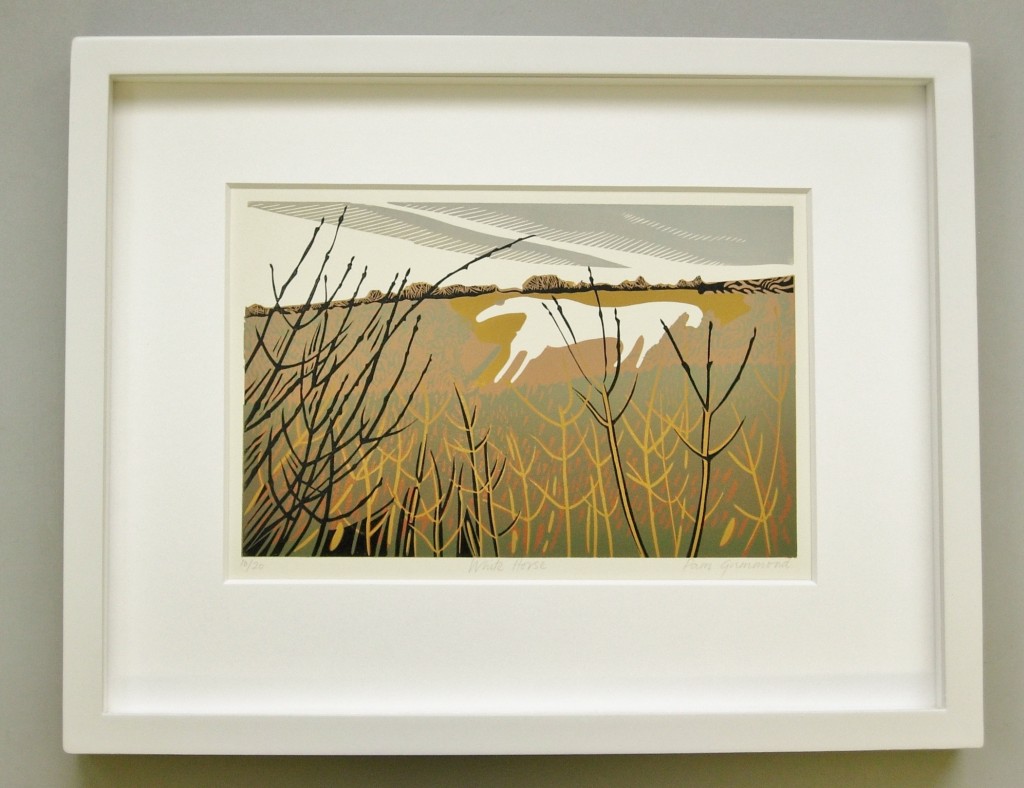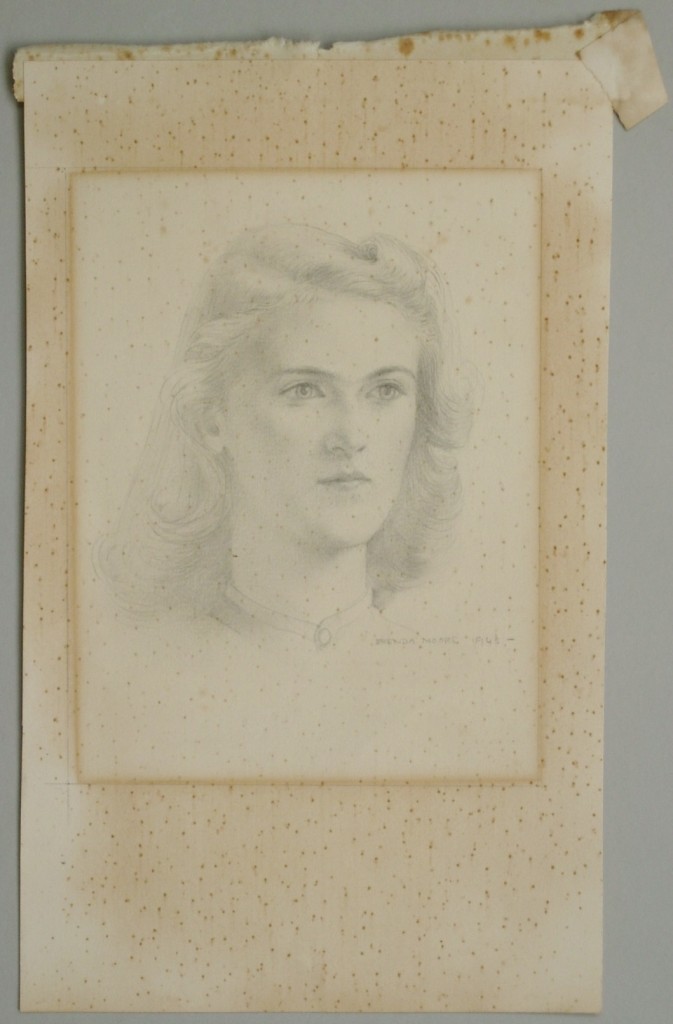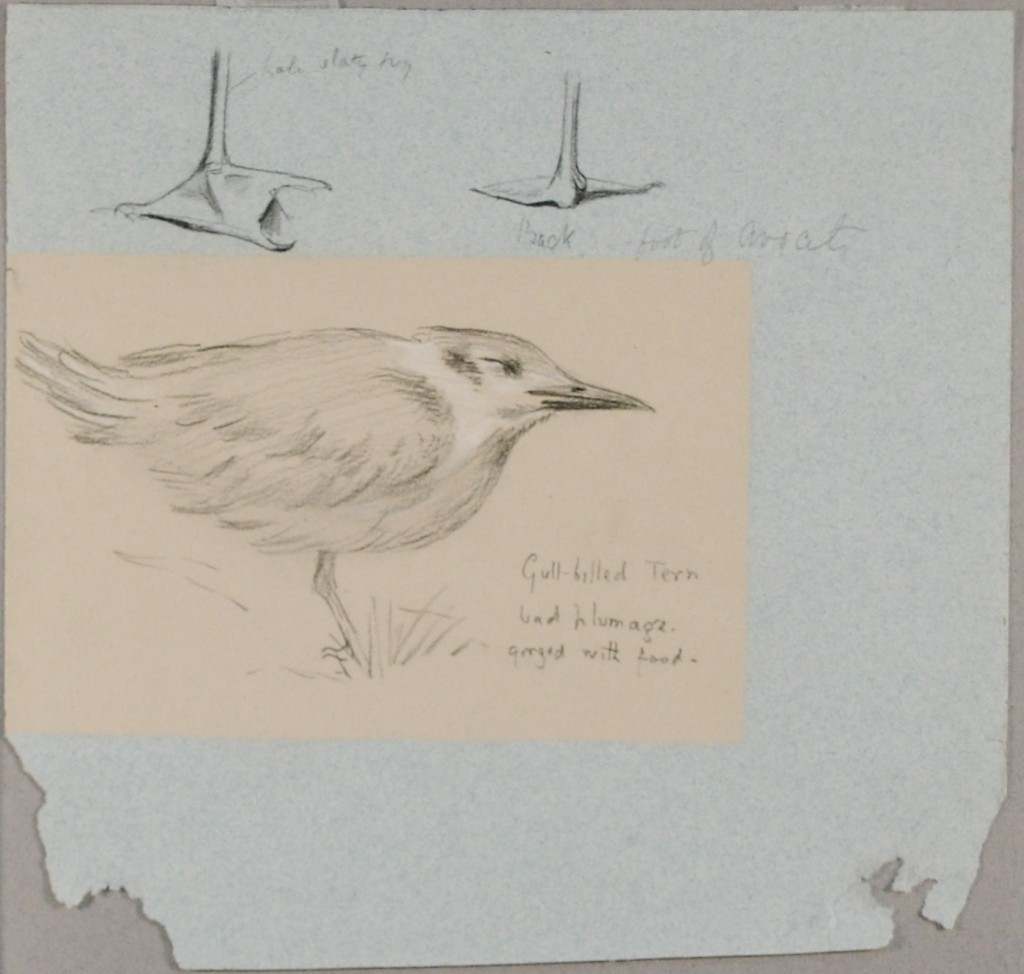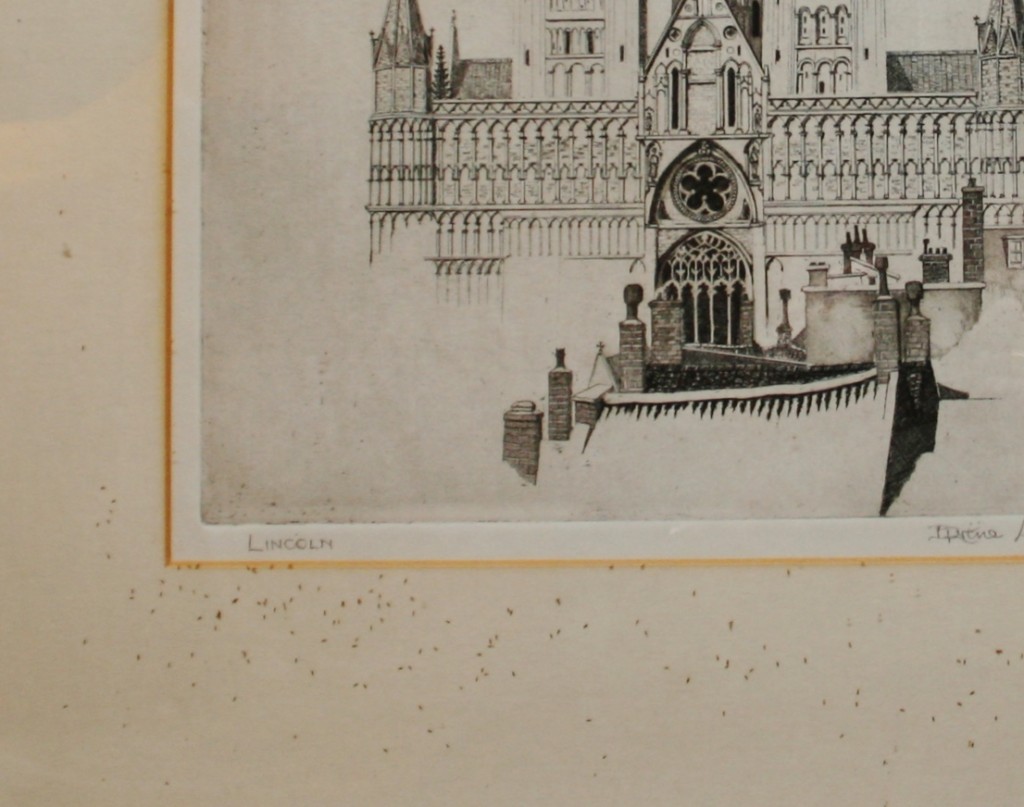A well-chosen frame can really enhance the appearance of an artwork as well as provide a housing that helps protect your valued pictures. However, at Artworks Conservation many of the problems that are dealt with result from poor quality framing materials such as acidic mount board, Sellotape and masking tape.
For that reason, having restored a watercolour, print or drawing, I like to make sure that mounting and framing is carried out to the same high standard. With a wide range of mount boards, frame mouldings and glazing options available, this can be carried out in-house at Artworks Conservation.
With over 20 years’ experience of conserving, repairing and framing pictures here are 5 simple and economical tips for improving the protection provided by your frames.
- Use the best quality mount board. Probably the most important element is the quality of the mount board used since this is the material that is in direct contact with the artwork. Many mount boards have a core of low-quality wood-pulp which is harmful to works of art on paper, causing dark stains. If you check the cut edge of the window mount and it has a brown, biscuit coloured core (see below) then the chances are it is acidic and should be replaced. Many framers now offer acid-free mount board made from chemically purified wood-pulp. At Artworks Conservation we prefer to use museum-quality, 100% cotton mount board and can offer an incredibly wide range of colours. These boards are the same, high quality throughout.
fig. 1 Staining on a pencil drawing resulting from an acidic window mount
- Use ultraviolet-filtering glazing. It is important to be able to enjoy your artworks by displaying them. Fading and light damage to media and paper is a concern for many of our clients. Although cutting out ultraviolet wavelengths does not stop fading altogether, it does remove the most harmful cause of fading. Also it need not be an expensive option. Artworks Conservation can supply and fit a wide range of specialist glazing with additional features such as low-reflect surface coatings, water-white light transmittance and scratch resistant acrylics.
fig. 2 A blue paper that has faded to brown where exposed to light
- Seal glass and backboards with acid-free, gummed tape. The use of high quality, paper tapes, to create seals, doesn’t just keep out dust and help control humidity within the frame. They will also keep out those annoying insects, thrips, which find their way into frames in summer time. Although they do not directly damage works of art on paper, they look unsightly and can cause staining.
fig. 3 Insects, called thrips, stuck between the glass and mount
- Include a moisture barrier layer behind the backboard. Most framers will use MDF, hardboard or specially designed paper boards to back a frame. These are all good options but many will still allow moisture to be transmitted into the frame, especially from a damp wall. Also these fibre boards are made with adhesives that often release damaging formaldehyde and other volatile emissions which can cause paper to yellow. To provide a complete moisture/vapour barrier within a frame package, Artworks Conservation recommends adding a sheet of aluminium foil between the backboard and the mount. Thick, turkey cooking foil is good although I use a specialist aluminium foil, backed with polyethylene and nylon to prevent puncturing.
fig. 4 Damp has migrated from the wall to cause mould damage to this map. A moisture barrier in the back of the frame would have protected it.
- Attach cork ‘bumpers’ on the back of frames. A common problem that is seen with pictures brought to Artworks Conservation is damaging mould on the back of frames. Often these frames have been hung on colder, exterior facing walls. Another factor is the lack of any movement of air behind a frame; a key factor in mould growth. The solution is simple. By attaching round slices of cork with PVA adhesive to the lower corners of the back of the frame, the backboard is kept away from the wall. There will also now be a flow of air behind it, preventing mould spores settling. Best of all, once you have used the cork, you are left with a bottle of wine to enjoy!
fig. 5 Mould on the back of a picture frame. Creating an air gap between the wall and the frame with cork ‘bumpers’ helps prevent this.











